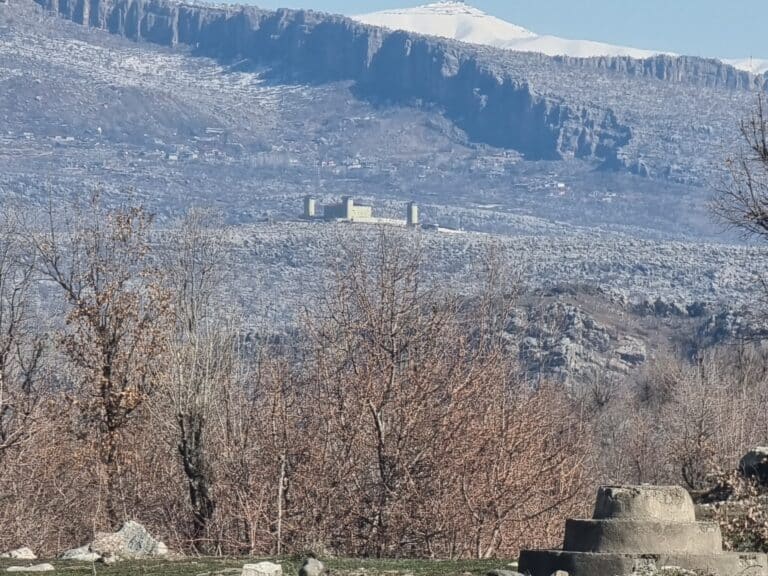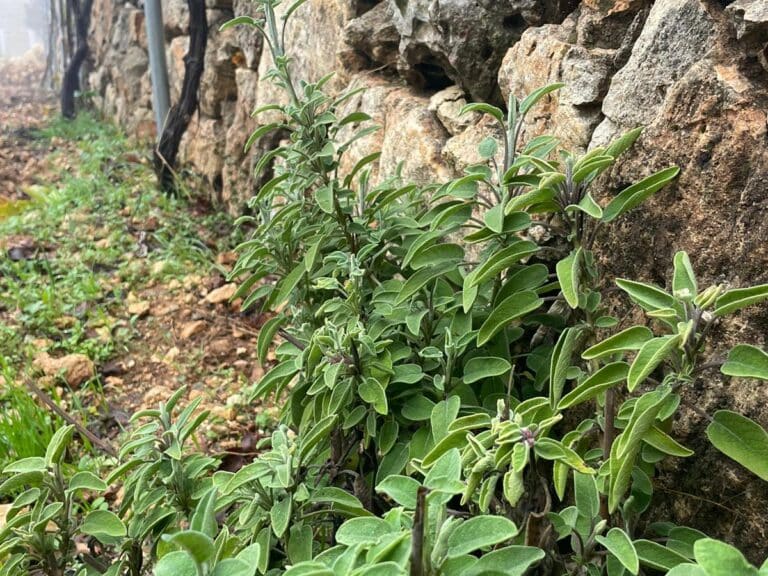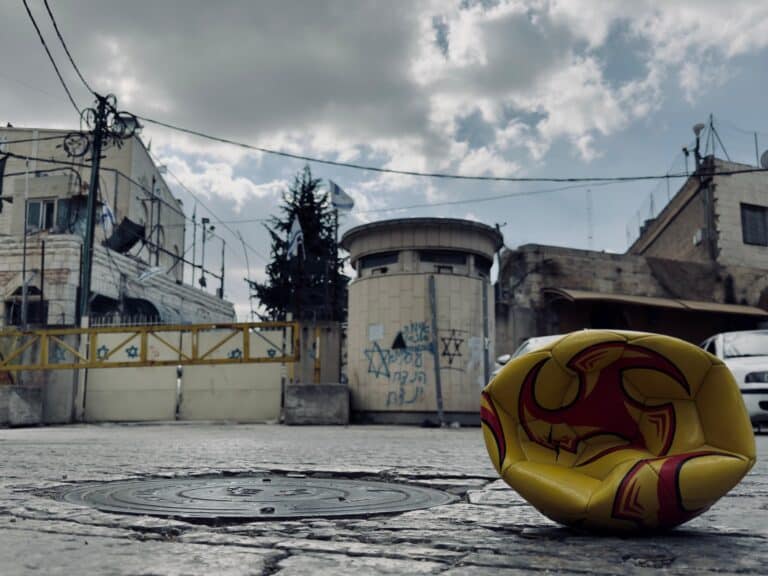The dancing grounds are where we connect with our ancestors, where our heritage, language and identity are passed on.
~ Phillemon Mosby (Torres Strait Island regional councillor, Australia)
Recently, we saw on the news the Palestinian man who was spontaneously dancing while resisting the occupation with a stone in his hand. Shortly after, the scene was mirrored by a video of an Indigenous man from Turtle Island dancing the eagle dance.
Both of them were stomping on the ground, and I don’t think it was a coincidence! In fact, I think it was the unconscious connection between oppressed peoples and nations.
Resistance can come in different shapes and expressions; dancing is one of these methods of resistance among nations that have lived and are still living under the threat of being culturally erased.
Dancing is a language that tells a story and keeps it alive through generations. It expresses the link between humans and their natural connection to the land, water, and sky. It represents the genuine relationship between Indigenous people and their lands, no matter how brutally the colonizer tries to destroy it.
Throughout the history of colonization, the oppressor has tried and is still trying to restrict cultural activities because of the power that these expressions hold. For example, in the 1900s, a cultural ban under the Indian Act made all First Nations cultural practices illegal in Canada. The exception to this was ‘Indian Days,’ which ran yearly from 1910 to 1972.
In another example on the other side of the world, the Israeli occupying authorities have imposed the Israeli academic curriculum on Palestinians in Jerusalem, to justify their occupation and constantly working to occupy the minds.
The eagle dance and the Dabkeh are examples of invisible threads of connection between people who are fighting visible powers of colonization. It is a way to transcend linguistics and cultural barriers among the oppressed around the world, moreover to tell a story to people and generations to come.
This is the embodiment of unconditional love, the love between people and their land, a land that gave them pain, loss, and colonization. However, the oppressed still stand tall, take a breath and dance—dance to tell the world a story of love, belonging, and strength of the ancestors.
No matter what the oppressor is planning, people will keep on dancing and telling the story that connects people to their lands and ancestors.
Finally, I leave you with this popularized quote that stems from Greek poet Dinos Christianopoulos, “They tried to bury us, they didn’t know we were seeds.”






